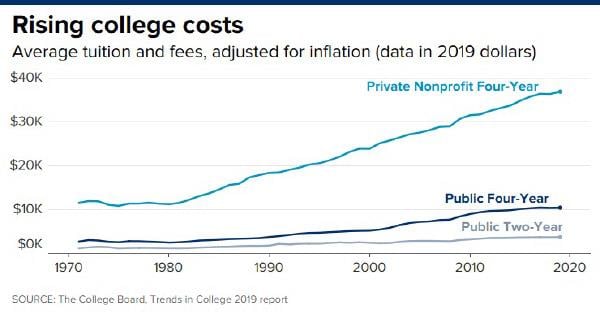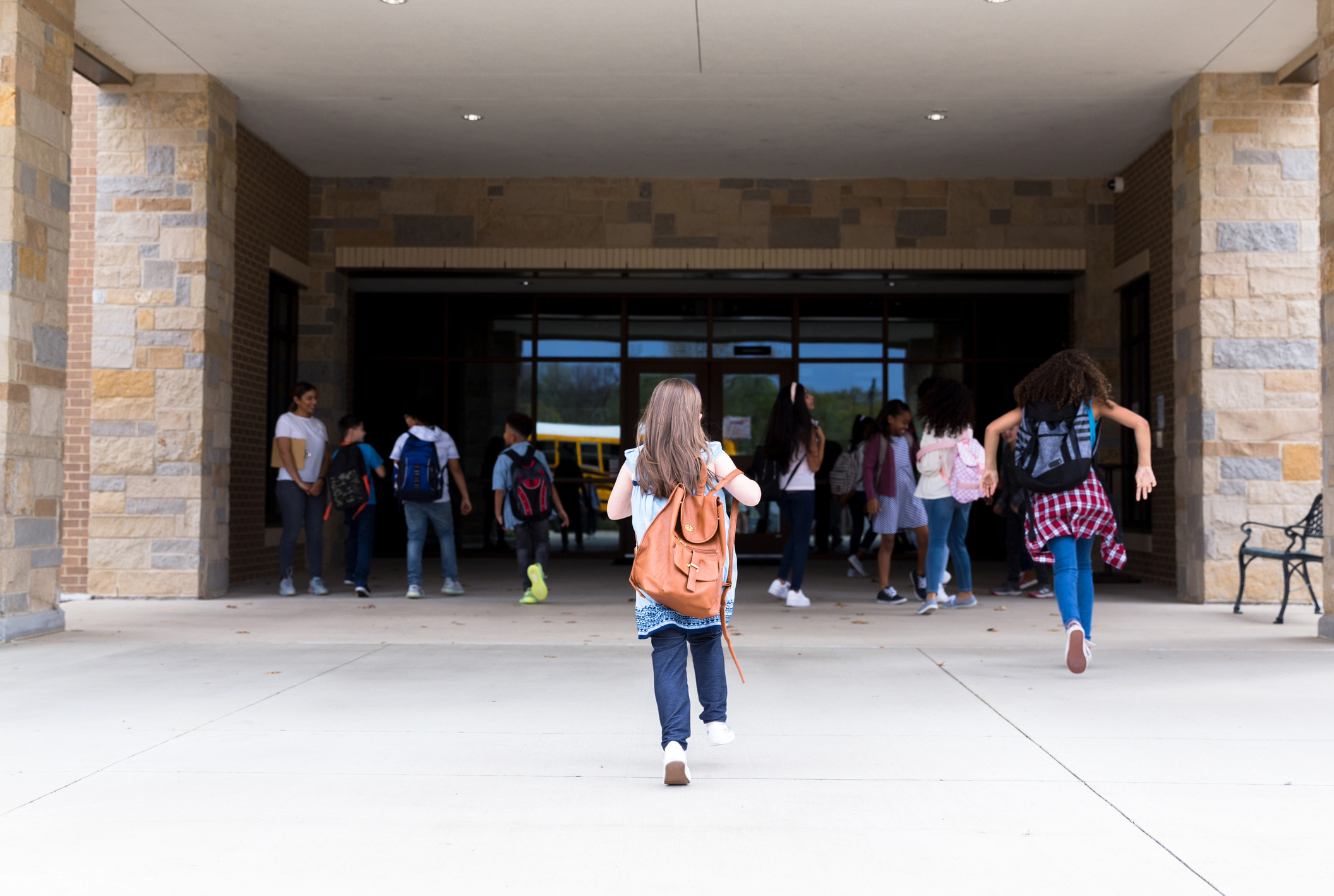Many parents are preparing to send children off to school this fall. While the checklists grow and the kids soak in the last few minutes of summer break, it’s important to remember college planning and back-to-school shopping. While getting an education can be difficult at times, paying for it can feel like climbing up an unending hill. More and more adults are going back to school, so this doesn’t just apply to kids.
Average tuition, fees, and room and board for the 2020-21 academic year increased to $22,180 for in-state students at four-year public colleges, according to the College Board. And the same expenses at four-year private institutions rose to $50,770.
Planning ahead for your children’s education can alleviate the burden on your family when you or the student must write a check or take out an education loan. College savings plans offer many great benefits.
Think About a 529 Plan
For example, depending on your state, you might be eligible for a state income tax credit of 20% of contributions to a 529 account, up to a certain amount per year. With a 529 plan, you put away money that grows tax-free, as long as you use it on education. These types of savings accounts are also very flexible.
Just because a student has a 529 account set up in Kansas, doesn’t mean the assets cannot be used to attend a school in California or Texas, as long as the institution is eligible under the specific 529 rules.
Many plans allow for over $500,000 per beneficiary to be held in a 529 account, with few income or age restrictions, but it’s important to know your state’s limits. Michigan, for example, caps contribution limits at $500,000 whereas Georgia maxes out at $235,000. But your balance can still grow past that amount through investment returns without limit.
Another great benefit of a 529 is the donor retains control of the account and makes the decision for when withdrawals are made and for what reason. It’s important to consult an advisor or a 529 plan manager with specific questions regarding how each state’s plan works.
Back-to-School Costs are Up (Inflation)
While students begin to obsess over waking up early again for class, parents are budgeting for their kids’ new backpacks, pencils and notebooks.
According to a recent Online Shopper Intelligence survey, one in three respondents will spend more than they did last year on back-to-school shopping – and last year was a very strange year for schooling. School supplies will make up 78% of purchases, while 64% of shoppers also plan to buy clothing.
But inflation is making it more expensive this year. In fact, according to the National Retail Federation, the typical family with children in K-12 this year will spend about $850 on school supplies – a new record. That’s up 7% from last year, when COVID shut down many schools forcing parents to spend more for remote classes. But parents’ costs are up a whopping 22% when compared to the costs from the most recent pre-pandemic school year.
A Teaching Moment for Kids
When taking kids to the store to pick up their necessities for that education, which 10 years from now they will be glad they got, it helps to set boundaries for what is purchased.
Back-to-school season is a great time to teach children and young adults about budgeting and giving priorities to certain purchases. While parents get ready for that time of the year where they make sure lunches are made and homework is completed, it’s wise to look ahead and begin, if they have not already, planning for junior’s college education.
With rising tuition costs, the earlier you start planning and saving the easier sending a child off to school can be.
Copyright © 2021 FMeX. All rights reserved.
Distributed by Financial Media Exchange.



